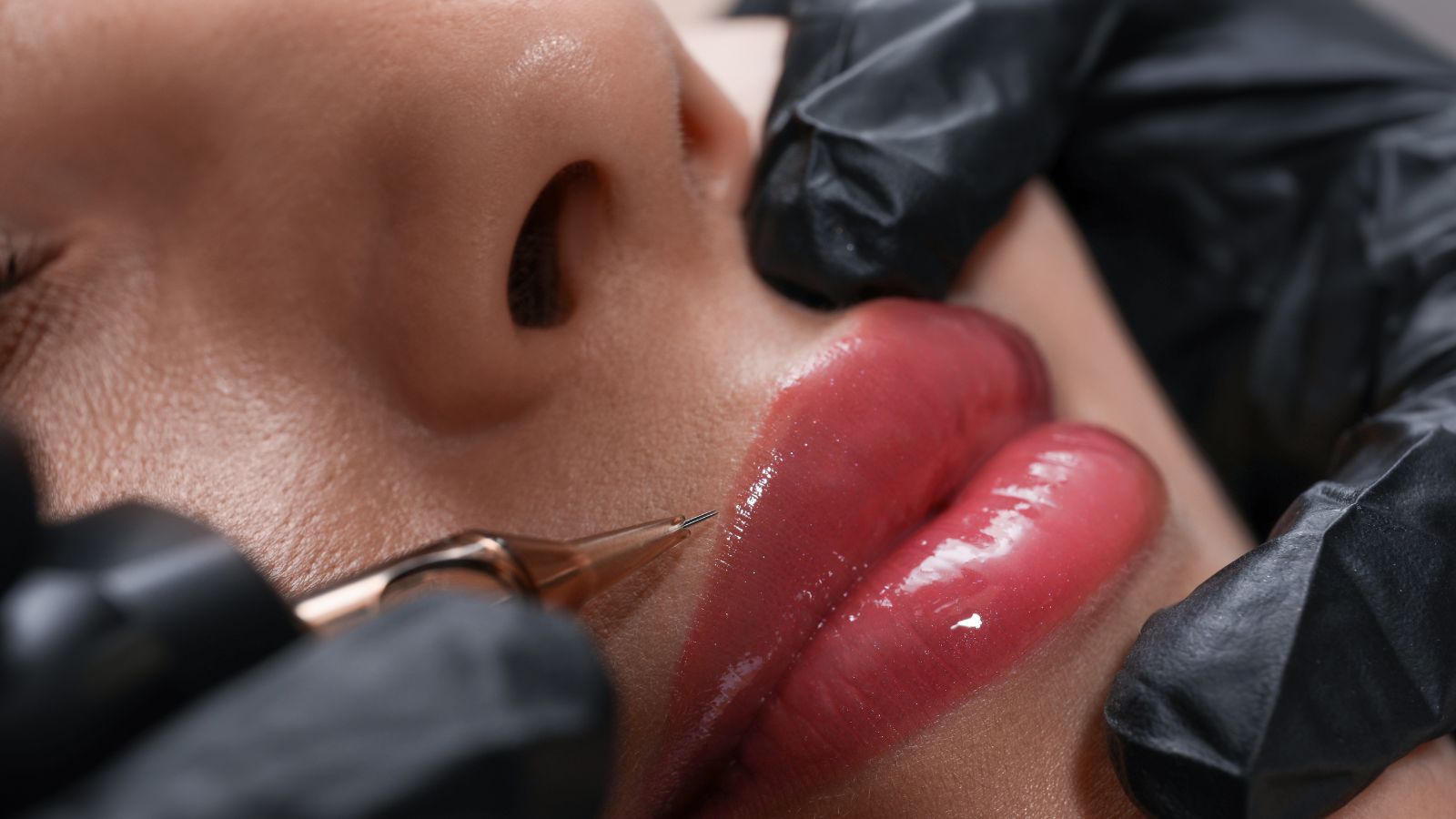When it comes to beauty enhancements, safety is always a top priority. If you’re considering permanent makeup, you may be wondering, “Is it safe?” The good news is that when done correctly by a skilled professional, permanent makeup is generally safe and has minimal risks. However, like any cosmetic procedure, there are potential risks, including allergic reactions, infections, and improper healing.
This guide will explore everything you need to know about the safety of permanent makeup, how to avoid risks, and what to expect during and after the procedure.
Understanding The Permanent Makeup Process
Permanent makeup, also known as cosmetic tattooing or micropigmentation, involves implanting pigment into the skin using a specialized tattooing technique. Unlike traditional tattoos, permanent makeup is designed to be more natural-looking and fade over time.
How The Procedure Works
- A technician applies numbing cream to reduce discomfort.
- A tattooing device (microblade or digital machine) deposits pigment into the skin.
- The procedure typically takes 1-2 hours, depending on the area treated.
- Healing takes about 7-14 days, with full results visible in 4-6 weeks.

Tools And Pigments Used
- Tattoo machines for precise application
- Organic or inorganic pigments designed for facial tattoos
- Sterile, single-use needles to prevent contamination
By understanding the process, you can better evaluate its safety and decide if it’s right for you.
Is Permanent Makeup Safe?
The short answer: Yes, permanent makeup is generally safe when performed by a qualified professional in a clean, regulated environment. The key factors that determine safety include:
✔️ The technician’s expertise – A well-trained artist minimizes risks.
✔️ The cleanliness of the studio – A hygienic environment prevents infections.
✔️ The quality of pigments and tools – High-quality, FDA-compliant pigments are safer.
✔️ Proper aftercare – Following aftercare instructions reduces complications.
Potential Risks And Side Effects
While permanent makeup is safe for most people, it’s important to be aware of possible side effects:
Common Side Effects (Temporary and Mild)
- Swelling and redness – Typically lasts 24-48 hours.
- Minor discomfort – Similar to a mild sunburn.
- Scabbing and peeling – A normal part of healing.
Rare But Possible Risks
- Infection – Can occur if aftercare is not followed properly.
- Allergic reactions – Some people may react to pigments or numbing creams.
- Pigment migration – The ink may spread slightly over time.
- Uneven results – Can occur if the technician lacks experience.
To minimize risks, always choose a licensed professional with positive reviews and a strong portfolio.

How To Ensure A Safe Permanent Makeup Experience
Here’s how to make sure you’re in safe hands:
1. Choose A Certified And Experienced Technician
- Look for a professional with certifications in permanent makeup.
- Check online reviews and before-and-after photos.
2. Inspect The Studio For Cleanliness
- Ensure tools are sterilized and needles are single-use.
- The artist should wear gloves and follow hygiene protocols.
3. Use Only High-Quality Pigments
- Ask about the brand and ingredients in the pigments.
- High-quality pigments reduce the risk of allergic reactions.
Conclusion
Permanent makeup is a safe and effective beauty solution when done correctly. By choosing a qualified, experienced artist and following proper aftercare, you can minimize risks and enjoy long-lasting results.
For those looking for a highly skilled and reputable studio, Westna – Permanent Makeup Studio in Charlotte, NC, is a great choice. They follow strict hygiene standards, use high-quality pigments, and prioritize client safety.
If you’re ready to enhance your beauty safely, book an appointment with a trusted artist today!
